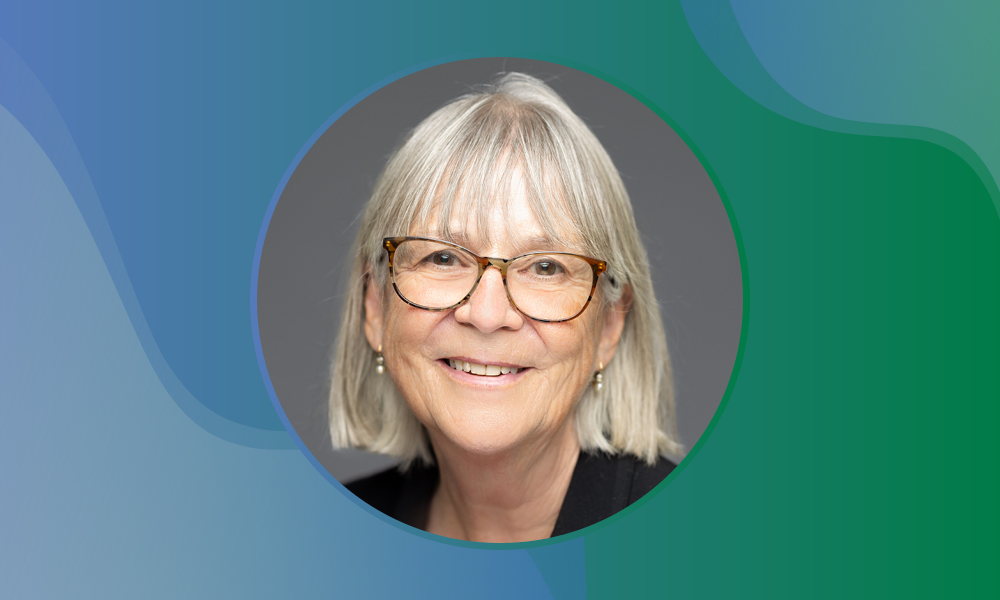
From academia to industry and back
Sara A. Courtneidge, recipient of the 2022 Lennart Philipson Award, reflects on the fundamental and translational research aspects of her career in cancer research
Issue 99
Newts act as model organisms for Maria Tosches, winner of the 2022 John Kendrew Award, to further explore the cellular makeup of vertebrate brains.
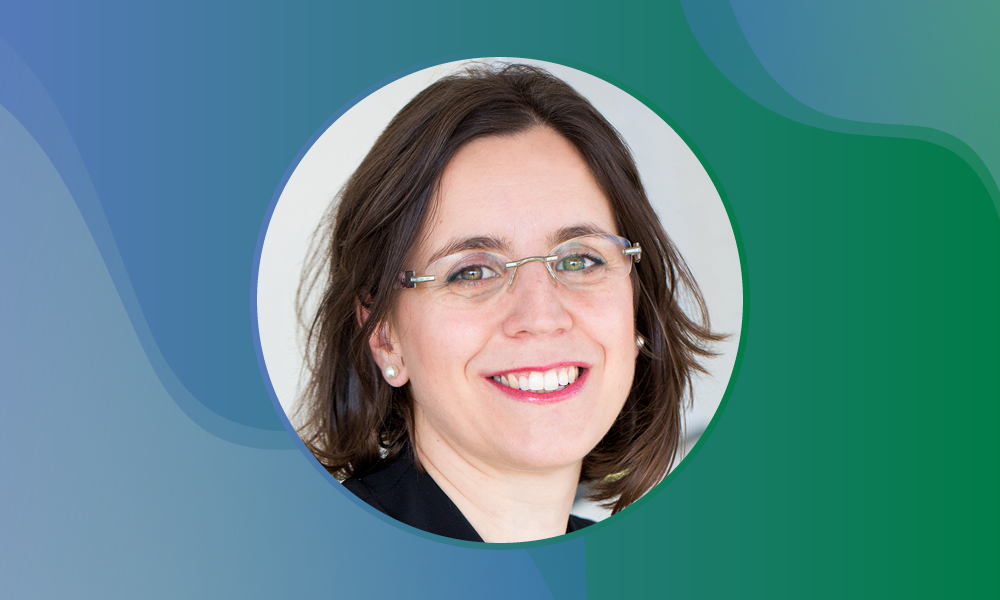
The sun sets on a Thursday evening in Casalvecchio di Puglia, a remote village in rural southern Italy. Amidst a pastoral setting of vineyards, wheat fields, and olive groves, a young girl convinces her parents and siblings to watch another episode of “Superquark”, a science show aired throughout Italy, but perhaps watched in few other households in this village of approximately 2,000 residents.
Superquark – a science show that debuted in the ‘90s in Italy – showcases a variety of science stories and profiles of scientists. And for Maria Antonietta Tosches, it began a lifelong passion.
Her interest piqued by scientific discoveries featured in every episode, Tosches ultimately went on to pursue the principles that drive evolution of neuron types and brain circuits. Her foray began with frogs, then moved onto Platynereis worms, then turtles and lizards, and now, Spanish ribbed newts (Pleurodeles). At Columbia University, Tosches is exploring newts’ simple neural networks as models for more complicated ones.
Tosches’ research – recognised with EMBL’s 2022 John Kendrew Award for original contributions to the field of brain evolution — is testament to her commitment to a calling very different from her parents, who are farmers still in Italy. But it is also a demonstration of the work ethic and values she has held dear throughout her personal and professional life.
“My parents put 100 % into everything they do,” Tosches said. “It’s from them that I learned to strive for excellence. I see this in myself when I am running my projects, setting priorities – trying to do the best things possible in the best possible way. It’s been 20 years since I left my village, and I would never have imagined this kind of work for myself then.”
Even before Tosches earned her PhD at EMBL, she was studying the development of retinas in frogs. She joined Detlev Arendt’s group at EMBL Heidelberg where his group was exploring the evolution of neurons, using the Platynereis worm’s nervous system as a model organism.
At EMBL, Tosches took up work that Arendt had started as a postdoc when he discovered photoreceptor cells similar to those found in retinas, but in the middle of a Platynereis larva’s brain. She wanted to understand why they were there. Through a series of experiments, she discovered these cells are part of a larger group that produces melatonin, a chemical that essentially helps tell a body when it’s time to sleep. In the case of the worm larvae, swimming and dispersing in the sea, the melatonin is used by these photoreceptor cells to sense when it is night or day so the worm larvae’s swimming circuits can slow down during night.
“This work showed how the same molecule is used in animals that diverged from human’s evolutionary path 600 million years ago, to do something very similar – controlling circadian rhythms of locomotion,” Tosches explained. “The light-dependent control of locomotion is something that has existed since the beginning of the evolution of animal nervous systems. Other researchers discovered that even jellyfish sleep, and melatonin modulates or is involved in sleep mechanisms. This link between sleep and melatonin is something very, very ancient in animals.”
In 2014, Tosches joined the group of Gilles Laurent at the Max Planck Institute for Brain Research as a postdoc. There, she used a single-cell approach to study the evolution of cerebral cortices in turtles and lizards, choosing them because they have the simplest cerebral cortex.
“For many decades, scientists have been comparing the brains of frogs, fish, turtles, and of course, mammals, and describing the neuroanatomy of these brains,” Tosches said. “But what’s still obscure is how the differences between these different vertebrate brains came about.”
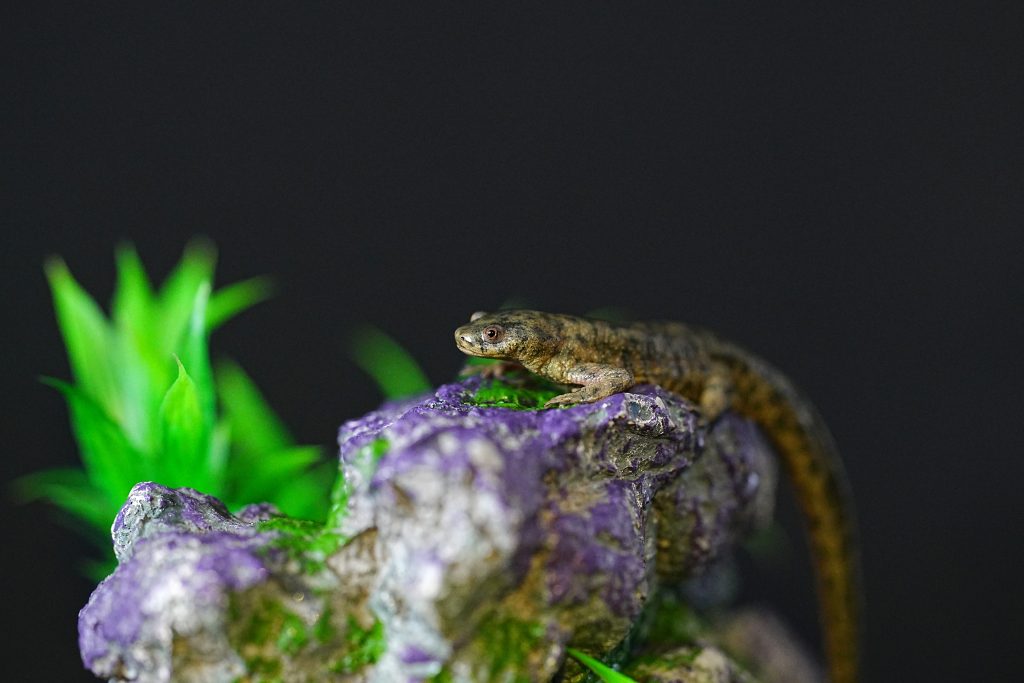
Additionally, Tosches has been interested in learning more about the cognitive capacities of vertebrates besides what has been gleaned from mice, primates, and humans.
“About 320 million years ago, one vertebrate evolutionary line led to us mammals, and another led to reptiles and birds. And in these passing years, lots of changes happened,” she said. “Eventually, mammals and birds acquired very high cognitive abilities independently. Birds are incredibly smart and have been studied more than other vertebrates with simpler cognition, which are not understood at all yet.”
Since 2019, she has led her own research lab at Columbia University. With newts, Tosches uses genetic, genomic, developmental, and neurobiological approaches to investigate the evolution of brain cell types and neural circuits in the vertebrate brain.
“We are trying to understand whether salamanders can use landmarks to understand their location,” she explained. “A part of the brain involved in navigation, the hippocampus, has an innate ability to know where you are in space. We found that cell types there that help make this happen also exist in other species.”
In early September, her research group and collaborators published a paper in Science exploring the similarities and differences of neuron types in the forebrains of salamanders, turtles, lizards, and mice.
“I am driven by curiosity,” Tosches said, talking about the future of her research.
In five to 10 years, the EMBL alumna hopes to have created a complete, cell-by-cell description of how neural circuits are assembled and organised in a vertebrate brain. It’s a ‘dream that drives’ her to think about her lesser-known Spanish ribbed newt Pleurodeles waltl ultimately being recognised as a model organism in much the same way that C. elegans is extolled for its role in understanding neural circuitry.
And in the world of fundamental scientific research, that’s a very big deal.
“If we look back at history, all the major breakthroughs in biology – and in science in general – came not because someone anticipated or planned for the societal impact or the impact on human health,” she said. “That’s the beauty of fundamental research. At the time many of these kinds of discoveries are made, nobody – not even the person who makes the discovery – is really aware of the influence they may have in future scientists’ work or how the science can change how we think about and do things.”
Tosches’ determination to reach this goal is quite evident. Her voice only grows stronger as she shares more details from her current work. However, she is quick to add – more than once – that this drive not only comes from her parents but a culture of risk taking at EMBL.
“What did I learn during my time at EMBL? Not to be afraid of trying new things,” she said. “You are surrounded by people doing amazing science in so many different fields; it’s not like other institutes. The environment encourages you to talk to others even about things you yourself barely understand… you learn from each other.”
She speaks of this experience as uniquely motivating, teaching her to ‘dream big’ and ‘try new things’. And her example of living this mantra comes in her own postdoc experience following EMBL. Upon learning of new sequencing technology available that could process thousands of cells at a time, she changed research direction, abandoning her original postdoc project to focus on a transcriptomics single-cell approach, finding herself ultimately ‘more satisfied’ in the new undertaking.
“EMBL is very special, and consequently it has aspects impossible to replicate in a single research lab,” Tosches said. “However, what I am passing down to my students and postdocs is the idea of being fearless about the science they’re doing. We try new things every day because we’re working on a new system, a new animal, a new model. It’s important to be positive – with the attitude of open-minded explorers who seize on new, unplanned opportunities and even find unexpected results.”

Sara A. Courtneidge, recipient of the 2022 Lennart Philipson Award, reflects on the fundamental and translational research aspects of her career in cancer research
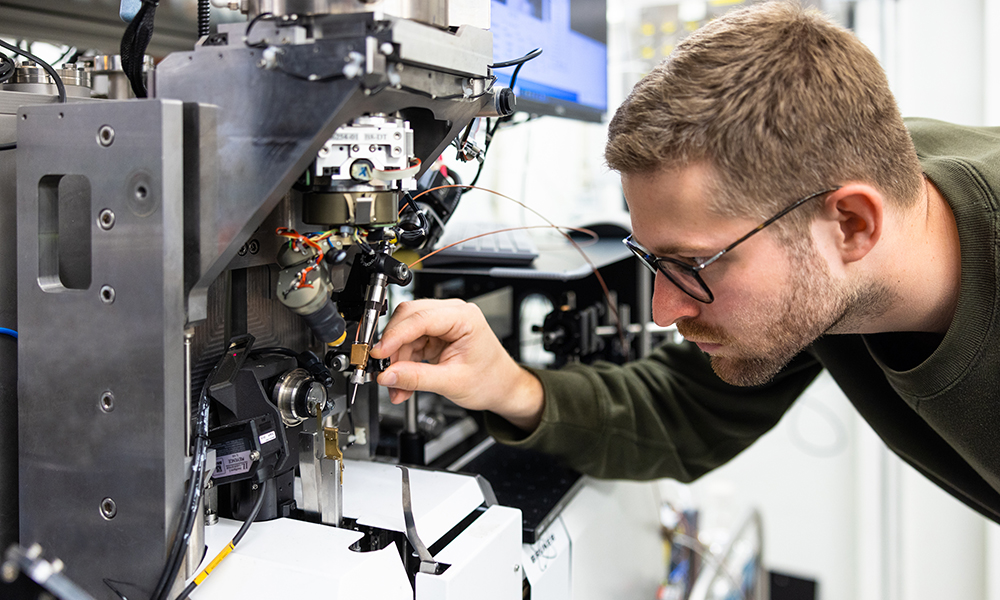
Kirill Kovalev, an EMBL Hamburg researcher, is studying the structure of an ancient bacterial molecule to help scientists control brain cell activity
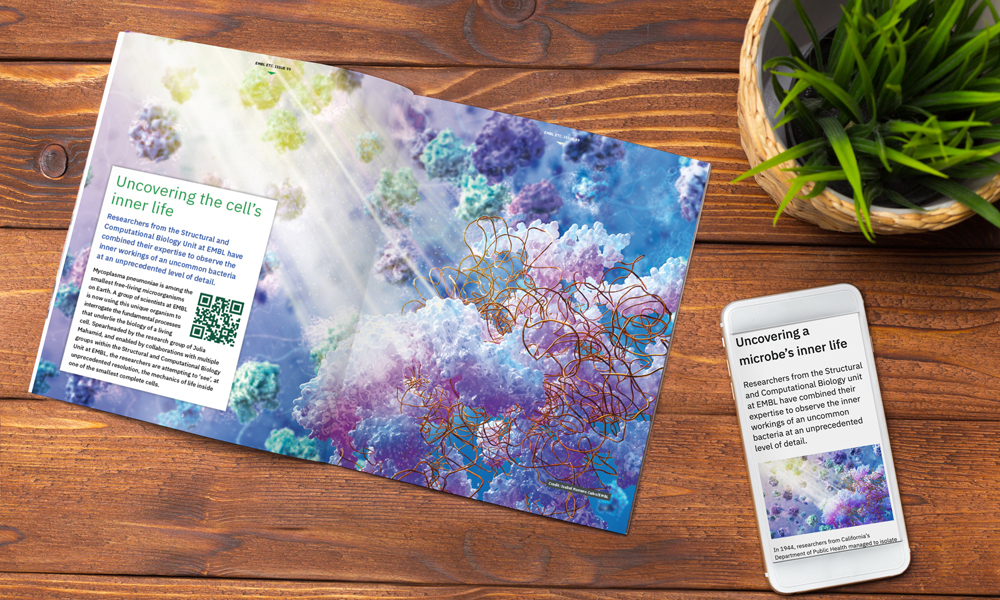
Click here to download a quick overview of all the articles included in this digital issue of EMBLetc.